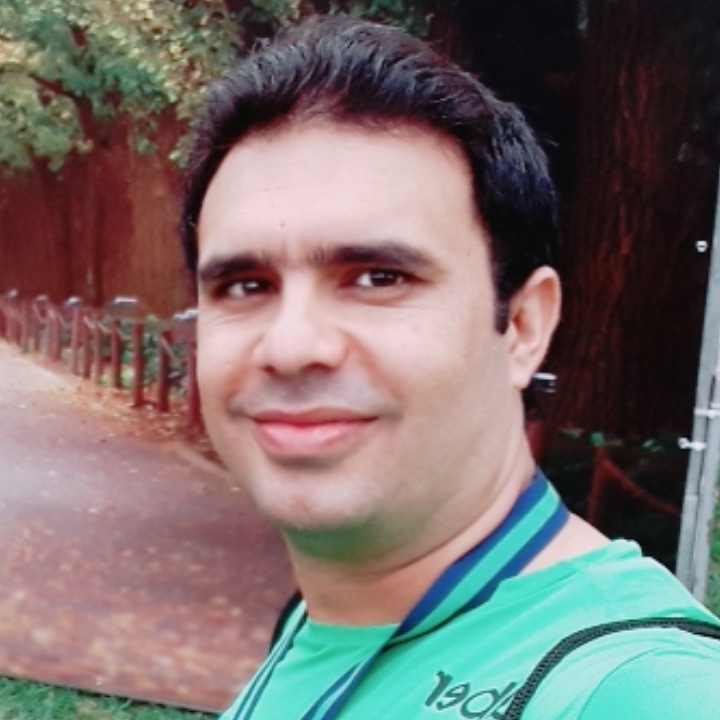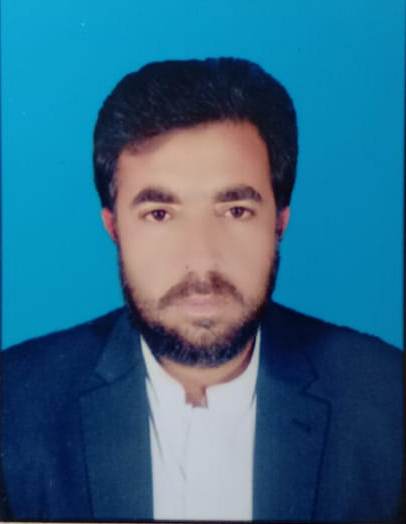
| (Assistant Professor) | |
| Email: | rajwali@ulm.edu.pk |
| Researchgate: | Visit |
| Google Scholar: | Visit |
| Research File: | View |
Our research group focuses on finding nanotechnology-driven solutions to enable the next generation of memory devices, more energy-dense, spintronics, more cost-effective energy storage devices by studying their materials structure-property relationships. We have developed nano-scale synthesis strategies to bypass macro-scale limitations of energy and structural materials with applications in clean tech, electric vehicles, wearable electronics, and more
1. Spintronics or spin electronics is the study of the role that is played by the spin of an electron in the solid-state physics and other devices that exploit spin properties. Spintronics is also known as spin Flextronics is the study of the intrinsic spin of the electrons and its associated magnetic moment, in addition to fundamental electronic charge in solid-state devices. For example, spin transport and spin relaxation in semiconductors and metals are important solid-state physics issues that are included in the fundamental research along with new technology being implemented in the electronic storage technology. ********************************************************************************************************************************************* 2. In advanced computing technologies, metal oxide-based resistive switching random access memory (RRAM) has been considered an excellent scientific research interest in the areas of information storage and memory computing. My team described a summary of contemporary understanding of nanoscale RRAM devices, and classified them according to their current–voltage (I–V) behavior, and various resistive switching features, and corresponding parameters. The existence of resistive switching effects with other experimental influential parameters explains better RRAM operation. Therefore, this research covers the abilities of RRAM to be integrated into the most sophisticated complementary-metal-oxide–semiconductor integrated circuits under additional consideration with relevant selector parameters to execute the operation. Additionally, we explained the route of changing the interface barrier height regarding the interface-based systems, such as inserting the tunnel layer and using different electrodes. Our findings show that by changing the specific parameters, the switching mechanism can be switched from one mode to another, which helps scientists assess the actual effectiveness and impact of resistive switching research on technology development.
| Sr# | Name | Session | Program | ||
|---|---|---|---|---|---|
| 1 | Ihsan Ullah | ihsanphysics4@gmail.com | 2021 | PhD |  |
| 2 | Naveed Ur Rehman | naveedmarwat007@gmail.com | 2021 | PhD |  |
| 3 | Muhammad Adil Mahmood | adilaaryan403@gmail.com | 2021 | PhD |  |
| 4 | Inam Ullah | inamkhanmarwat961@gmail.com | 2021 | M.Phil |  |
| 5 | Tahir Nawaz | tahirnawaz4star@gmail.com | 2021 | M.Phil |  |
| 6 | Abdus Samad | khanabdussamad46@gmail.com | 2021 | M.Phil |  |
| 7 | Muhammad Faisal Hayat | mfaisalmarwat555@gmail.com | 2021 | M.Phil |  |
| 8 | Aziz Ullah | email.azizphysics524@gmail.com | 2021 | M.Phil |  |